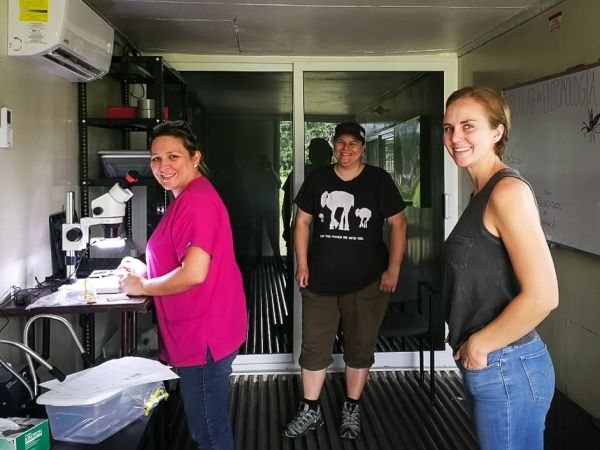Of course, video cameras won’t work to spot viruses or bacteria, so researchers at Colorado State University are working to create other methods that allow us to watch out for infectious disease harmful to humans.
Anna Fagre, Ph.D. student in CSU’s Department of Microbiology, Immunology, & Pathology, investigates how bats might be useful for disease surveillance. In Uganda, Fagre studies bats in caves visited by humans for recreational or religious purposes to determine what diseases or viruses might be present in that area.
“We look at the potential for bats to act as reservoirs for these viruses,” Fagre said. Through non-lethal sampling, Fagre collects blood, saliva and fecal samples to find out what diseases exist in the bats. This information allows the researchers to determine if a particular disease might spread via blood through arthropod vectors like mosquitoes, or through the bat’s own fluids.
As the first veterinarian to receive the $25,000 Robert E. Shope International Fellowship, Fagre specializes in understanding the parasites found on bats, such as ticks and bat bugs, to study how these arthropods might transfer diseases from bats to humans.
But her team intends to take data collection a step further.
Continue reading at Colorado State University
Image via Colorado State University


